The use of faster and therefore heavy electric vehicle (EV) charging cables is creating a major barrier for disabled drivers – with more than a million people at risk of exclusion as the UK transitions to electric vehicles.
Results from the Cable Weight Report, published by the Electric Vehicle Association for England (EVA England), indicate that more than half of drivers with disabilities (51%) were identified as struggling with ultra-rapid charging cables (defined in the report as up to 350 kilowatts), compared to approximately one in five (21%) of other drivers.
Similar numbers of disabled drivers (53%) reported difficulties with rapid chargers (up to 50 kilowatts), compared to 10% of other drivers.
Chief executive of EVA England, Vicky Edmonds, said: “The UK’s EV rollout is a major success story. But for over a million drivers with disabilities, it risks becoming one of exclusion.
“Heavy charging cables make public EV charging difficult or impossible for many.”
Though more than 80,000 public charge points are available across the UK, only a small number (2.3%) are considered accessible to disabled users.
“There is a serious risk of disabled people being left behind in the rollout of public EV chargepoints,” said Nigel Fletcher, chief executive of the Motability Foundation.
“From our own research, we know that heavy charging cables are one of the key barriers to accessible public charging, and this new report from EVA England highlights how significant an issue this is.”
EVA England has joined the Motability Foundation and other EV-focused organisations to propose an amendment to The Planning and Infrastructure Bill, currently at Committee Stage in the House of Lords.
The bill currently proposes measures to accelerate the installation of new chargepoints. The amendment would enable the Government to enforce accessibility requirements if required in the future.
“Accessibility standards are for everyone, not only drivers with disabilities,” said Warren Philips, chair of EVA England.
“While charging costs or numbers of chargers may be the headline grabbers, this remains an oft-discussed yet absolutely essential aspect of EV charging we need to get right.”
The Cable Weight Report was compiled from the results of a national survey, with responses from 249 EV drivers, including 73 who identified as having a physical or mental health condition or illness.
Separate research from Vauxhall reveled that more than a third of UK councils do not provide any on-street EV charging suitable for disabled drivers.
It found that 111 of the 289 councils, who responded to a Freedom of Information (FOI) request from Vauxhall, said they have no on-street charge points that have either been specifically adapted for disabled drivers, or any that follow the British Standards Institution’s PAS 1899:2022, a national accessible charging standard co-sponsored by the Motability Foundation and UK Government.
The new findings follow on from FOI research released by Vauxhall in 2024, assessing the considerations being given towards disabled drivers by local authorities when installing on-street residential charge points.
Compared to 2024, Vauxhall found there has been no change in the number of on-street chargers adapted specifically for disabled drivers, remaining static at 2.2% of all on-street chargers – this is despite latest figures from the Department for Transport (DfT) showing a 27% year on year increase in the number of on-street chargers across the UK as of the end of April

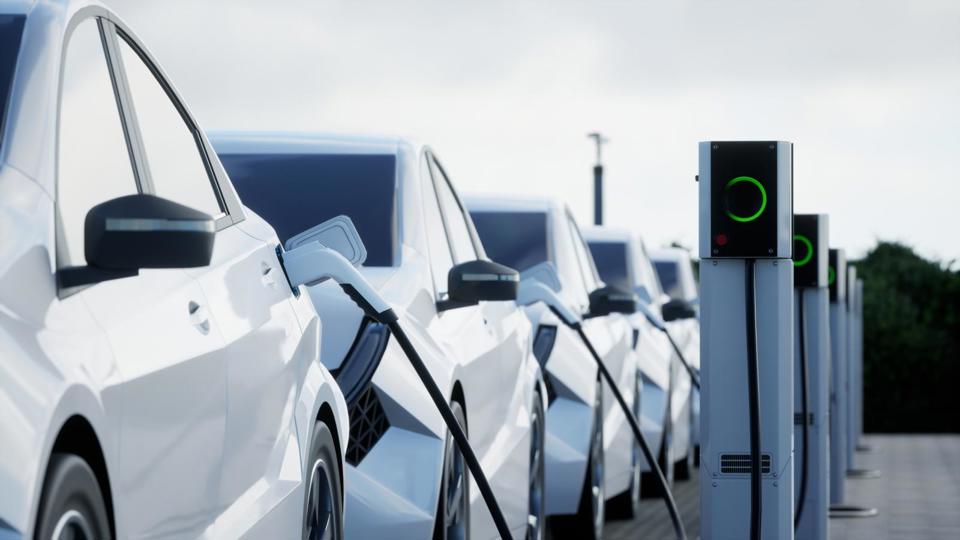
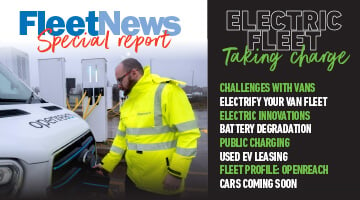

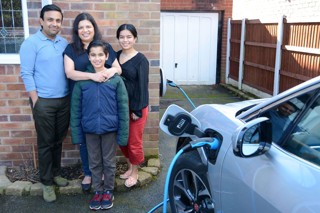
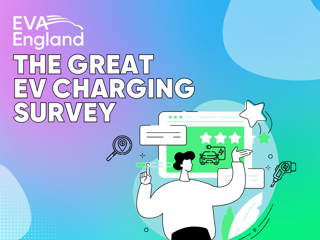
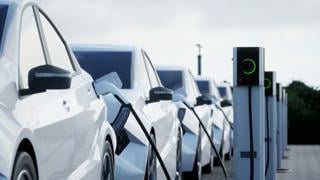
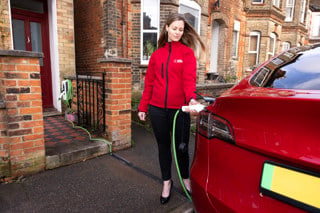











Login to comment
Comments
No comments have been made yet.